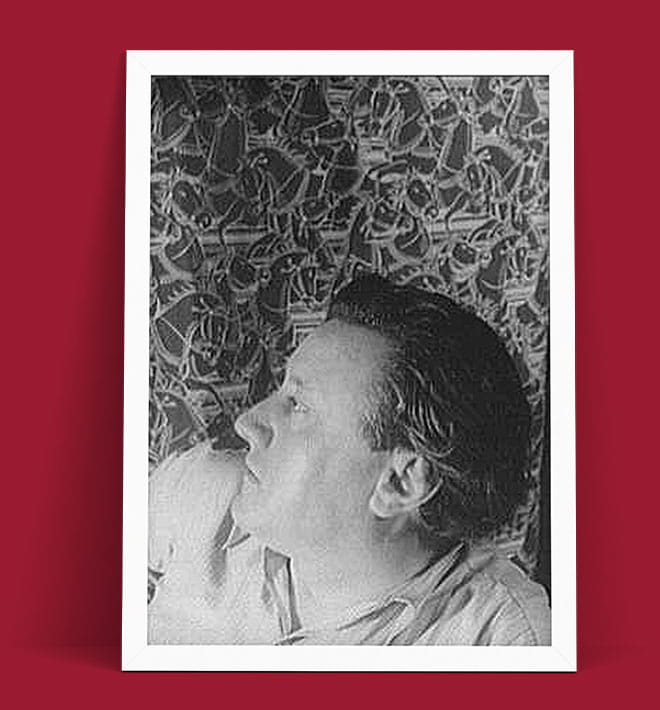Early Life and Artistic Formation
Born in Paris, Lachaise was immersed in art from an early age. He studied at the École des Beaux-Arts under Gabriel-Jules Thomas and began his career as a modeler for the renowned Art Nouveau jeweler René Lalique. In 1905, driven by his love for Isabel Dutaud Nagle, an American woman, he emigrated to the United States. This move profoundly influenced his artistic vision, leading him to explore new forms and expressions in sculpture.
Signature Style and Themes
Lachaise's sculptures are characterized by their robust and curvaceous forms, often celebrating the strength and vitality of the female body. His wife, Isabel, served as his muse, inspiring many of his most iconic works. Through his art, Lachaise sought to convey a sense of spiritual elevation and humanistic idealism, often drawing parallels between the human form and broader universal themes.
Notable Works
- Standing Woman (1928–1930): This monumental bronze sculpture epitomizes Lachaise's vision of the powerful, liberated female form. Modeled between 1928 and 1930 and first cast in bronze in 1933, "Standing Woman" has become one of Lachaise's most acclaimed sculptures and an icon of American art. Multiple casts exist, with notable placements in institutions such as the Museum of Modern Art in New York and the Tuileries Garden in Paris
- Floating Figure (1927): This sculpture presents a nude female figure in a horizontal, floating posture, conveying a sense of weightlessness and transcendence. The work is ultimately based on a portrait statuette of the artist’s wife, Isabel Dutaud Nagle, made around 1919. Lachaise created the larger-than-life plaster model at his country home in Georgetown, Maine, in three weeks’ time. An edition of seven bronze casts was produced between 1963 and 2005, with one located at the National Gallery of Australia.
- Woman (Elevation) (Modeled 1912–1915, cast 1927): This sculpture represents Lachaise's first full-scale expression of the idealized female form that would come to dominate his art. The figure’s long legs support a voluptuous torso, recalling ancient fertility goddesses. Modernists like Lachaise were fascinated by preclassical art because they believed it possessed a primitive vitality absent from later art forms.
Legacy and Influence
Gaston Lachaise's innovative approach to sculpture has left a lasting impact on the art world. His emphasis on the expressive potential of the human form paved the way for future explorations in modern sculpture. Lachaise's works are housed in numerous prestigious institutions, including the Museum of Modern Art, the Art Institute of Chicago, and the National Gallery of Australia, ensuring that his artistic legacy continues to inspire and captivate audiences worldwide.






